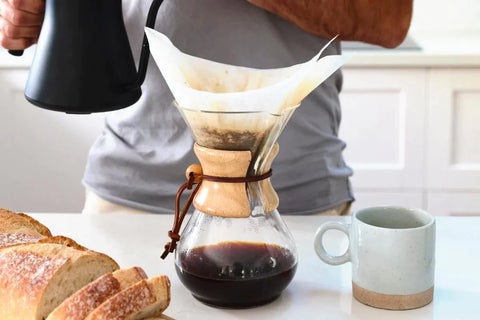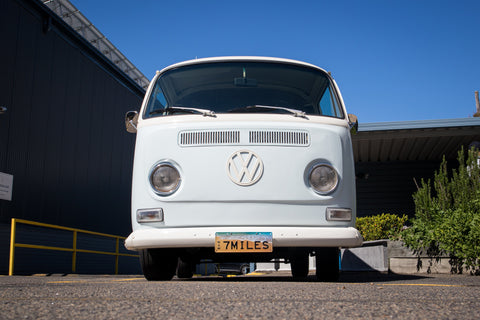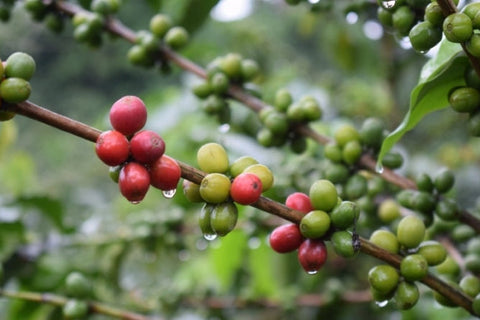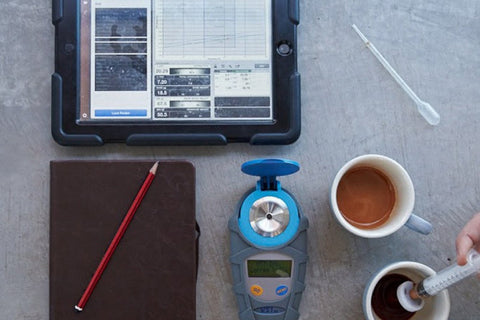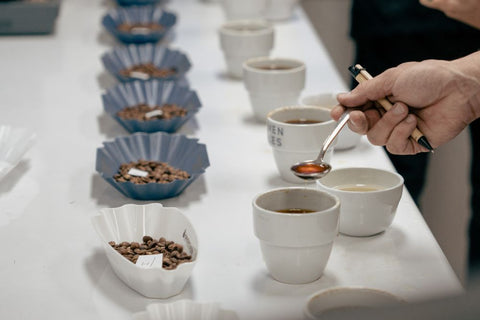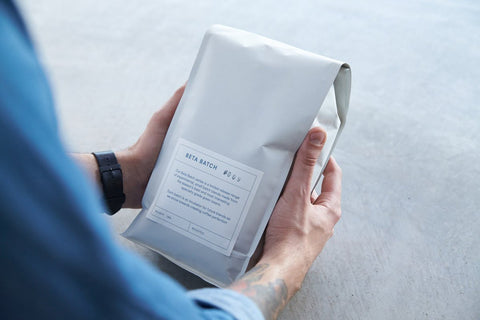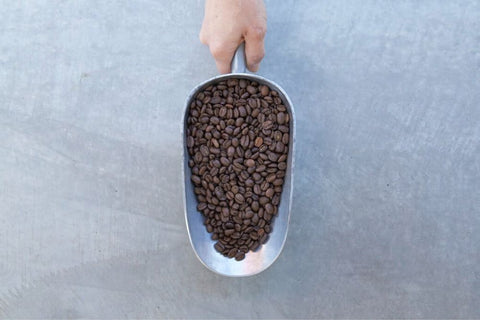You’re in a rush, your espressos have been pouring really well, tasting great and you’ve kept your machine clean to make sure of that. Then, all of a sudden something in your extraction changes. You notice a slightly different pour rate, but you’re not sure why. Only seconds earlier the extraction was perfect and now, it’s average, but in no time, it’s ok again. ‘Was it me?’ you ask. ‘Or did something happen on the machine?’ Either way, you move on — it’s busy. This happens. In fact, most baristas will go through moments like this every day — and it seems to mostly happen during those busy patches. So what is it that creates these problems most commonly? And, more importantly, how can we reduce the risk of ruining a few shots here and there?
The Impact of Pump Pressure
Like all things coffee-related, even the slightest change in your machine’s operation can have a big impact on the flavour and consistency of your pour — but the pump can sometimes get overlooked. However, pump pressure affects the contact time the coffee has with the water, thereby affecting the overall extraction. Changing the pressure of your pump also directly influences the water delivery rate from the group head. Turn the pressure up and the millilitres per second increases. So, if you have a machine that delivers 10ml/sec from one group and 9ml/sec from another, your extraction times will be a little longer on the faster flow rate. Yes, you read that correctly: the faster the flow, the longer it takes for the water to pass through the coffee. This correlation typically holds true between the eight to ten bar of pressure range on espresso machines. The theory is that the fines — the tiny fragments of ground coffee that can be as small as a red blood cell — migrate and cause blockages in the coffee puck and in the holes at the bottom of the filter basket. There’s thought that this migration may be caused by the increased flow itself. This effect can also be seen if you have a reduced flow on one group head due to a restriction, than the other. Now obviously grind, dose and distribution play a role here too, but taking those variables out, it can be as simple as this: Machines with pre-infusion and soft infusion alter the water flow through the ground coffee significantly. Soft infusion does this by starting the water flow rate slow and gradually increasing to full pressure. This allows for a slow pre-wet of the coffee before full extraction begins. Pre-infusion, on the other hand, is a short blast of water followed by a pause before the extraction begins. Again, this is intended to wet the dose of coffee prior to full extraction. Both of these are designed to achieve an even extraction and to minimise areas where water runs past the coffee. (We’ll examine this in more depth in an upcoming post on pressure profiling.) However, with today’s machines coming in so many configurations, it’s important to understand your machine’s particular pumps and boilers so you can optimise your coffees.
Single Pump and Boiler Machines
If you’re working on a single pump machine, temperature, setup and group priority are all at play with each extraction. In simple heat exchange machines with a single pump, water for the group head goes through a pipe to heat up and into a solid group head that is kept hot before it goes into the basket. On the back end, is a single pump handling water pressure for the group heads and often the boiler as well. This has been a tried and tested machine setup for many years, but it can be plagued with issues if you’re not careful. Temperature: For starters, the temperature of the espresso will be directly related to the temperature of water in the boiler; if that temperature drops, then the water temperature for your espresso will drop too. This means if you use a lot of hot water, say for a pot of tea, the cold water that refills the boiler will quickly cool the water in the steam boiler, and also slowly reduce the brewing water for your coffee. However, if your extraction water drops by just one degree in temperature, that can affect your Total Dissolvable Solids (TDS) by up to one percent. While that doesn’t sound like much, for the whole extraction, this can mean the difference between an under-extracted shot or a well-extracted shot; something that’s out of balance, to something that’s well balanced and delicious. So if you’re drawing lots of water from the boiler, a simple solution can be to add another means for providing hot water — like an urn or wall-mounted hot tap. Setup: A single pump machine can also bring some problems when it’s not setup well. In particular, you may observe that the pressure may drop when you run more than one group head at a time on a single pump. The changes in pressure seem small, but are actually large and will impact the flow rate of water, subsequently impacting your shot. To setup your single pump machine, it’s recommended you have the correct restrictor attached to the water outlet (usually a 350 kPa). This will allow the pump to regulate the pressure more consistently. Cases where this may not work are in areas where the initial pressure is low; tank water in regional areas may need a technician to test the flow. So with the right machine setup, water pressure and restrictors, the problem of pressure changes can be solved, but on older machines this is just something you have to deal with. Group Priority: Single pump machines can also have a setting called group priority — most machines these days have it, but older machines typically won’t. This is when the boiler needs refilling mid-espresso pour and will wait until the extraction to use the pump to fill the boiler. These changes in flow rate can be frustrating and it’s why some machine manufacturers favour multiple pump designs or simply use line pressure to refill boilers. On the other hand, another problem can occur if the machine doesn’t have group priority; whereby the machine doesn’t reserve the pump pressure for an espresso and will use the pump to refill the boiler at the same time too. This, in turn, can affect the pressure for you espresso mid-pour.
Multi-Boiler and Pump Machines
With the explosion of dual and multi-boiler machines on the market, espresso machine manufacturers have worked on improving the world for the barista who’s striving for consistency. For instance, the La Marzocco Linea PB has two boilers, one for steam and hot water and one for espresso. This stops temperature shock in the main boiler impacting the espresso. While this is still a single pump machine and it will have tiny changes when running different amounts of shots at different times, if it’s well set up it won’t have huge variations. Manufacturers are also increasingly releasing machines with multi-pumps, so each group head has a stand alone pump that isn’t affected by the pressure on the others. A great example of this dedicated pump control is the Synesso MVP Hydra. This, of course, brings extra cost in machine purchasing, the need for more room for all the pumps and additional servicing costs over the life of the machine. But if you’re a specialty barista, this can be worth considering, especially if cost is no object. All this being said, while there are new machines that aid consistency, there are also new machines now available with variable pump pressure, programmable profiles and more options than ever. So, in some ways, consistency as a barista is harder than ever before. If you have questions about your machine’s pump pressure or are interested in learning more, you can drop us a line, visit us at our Training Centre or join us at one of our Barista Training Programs. And stay tuned for my next blog where I’ll be talking to machine manufacturers and baristas on the design, purpose and use of pressure profiling on espresso machines.
